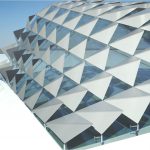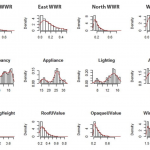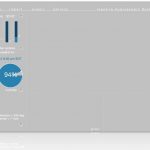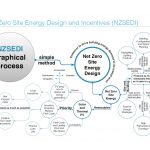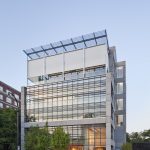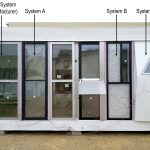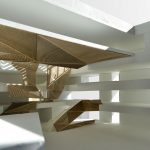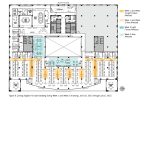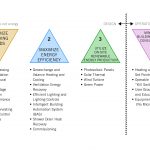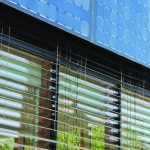
This article presents North House, an interdisciplinary, inter-institutional design research project to develop a full-scale prototype of a net-positive energy solar powered residence optimized for cold climate applications and describes the project’s performance objectives that privileged environmentally responsive envelope design, the use of hybrid passive and active energy systems and inhabitant participation in managing the... Read more »


